From the first rays of dawn synchronizing our inner clocks to the warmth of fire guiding our ancestors into rest, our biology has been written in light since the beginning.
Today, science calls this ancient relationship photobiomodulation (PBM) — the process by which light nourishes our cells, regulates rhythms, and restores balance to both body and mind.
The Basics: Photosynthesis for Humans
Just as plants transform sunlight into energy, our cells respond to light in profound ways. At the heart of this process are the mitochondria, the tiny organelles often described as the “powerhouses” of the cell. When bathed in red and near-infrared wavelengths, mitochondria activate an enzyme called cytochrome c oxidase, producing more ATP — adenosine triphosphate — the vital currency of energy and vitality (Hamblin, 2016).
Without this nourishment, our mitochondria fatigue. It is why office workers who spend their days under fluorescent bulbs and LED screens often experience exhaustion, dark circles under their eyes, and restless nights. But when the body is bathed in light aligned with nature, something shifts. People report more energy to heal, resilience under stress, and a clarity of mind that feels like waking up inside their own skin.
Halogen vs. LED: The Question of Spectrum
Not all light is created equal.
Halogen light emits a continuous, living spectrum — a smooth curve across visible and infrared wavelengths that mirrors sunlight and firelight. This abundance of red, orange, near-infrared, and far-infrared deeply penetrates tissue, nourishing the body at the cellular level (Schneider et al., 2019).
By contrast, LEDs produce light through phosphors that emit narrow peaks at discrete wavelengths.
Even when marketed as “full-spectrum,” LEDs are essentially stitched-together spikes of color.
The result is an incomplete signal to the body — stimulating, yes, but not coherent. Studies confirm that evening exposure to LED screens suppresses melatonin and fragments circadian rhythms, leaving participants restless and overstimulated (Cajochen et al., 2011 and Chang et al., 2015.
Halogen’s warmth, like sunlight or fire, has the opposite effect: it soothes the nervous system, supports circadian rhythms, and communicates wholeness.
Circadian Support: Light and the Inner Clock
Deep within the brain, the suprachiasmatic nucleus (SCN) orchestrates the body’s circadian rhythms, syncing our biology to the rising and setting of the sun. Halogen light, rich in near-infrared, honors this rhythm. It allows melatonin production to remain intact — and, in some studies, even enhances it (Zhao et al., 2018).
Halogen light also behaves like the sun: when it glows lower, it is richer in infrared, naturally preparing the body for rest. LEDs, however, send the wrong signal. Their blue-heavy peaks tell the SCN that it is midday, even at night, tricking the body into alertness and producing the familiar “tired but wired” sensation.
When halogen is present, balance is restored. The inner clock stays in tune with nature.
Fuel for the Inner Fire
Halogen’s red and near-infrared wavelengths don’t just touch the skin; they penetrate deep into tissue, stimulating cytochrome c oxidase and boosting ATP (Hamblin, 2016). This is the same mechanism used in clinical photobiomodulation therapy (PBMT), which has been shown to support healing, reduce pain, improve mood, and accelerate recovery (MDPI Review, 2025).
In essence, halogen fuels the body’s inner fire — providing energy at the most fundamental level of life.
The Cellular Battery: EZ Water
Gerald Pollack’s pioneering research uncovered a “fourth phase” of water, known as the exclusion zone (EZ) — a structured form of water within cells that acts as a biological battery (Pollack, 2013).
Far-infrared light, abundantly emitted by halogen, expands EZ water, supporting circulation, energy storage, and intercellular communication. LEDs, even those labeled “wide-spectrum,” lack this far-infrared richness and cannot structure water in the same life-giving way.
Halogen light, then, does more than energize cells. It nourishes the very medium through which life communicates.
Nervous System Coherence
Light also speaks to the nervous system. Halogen light rises and falls in the background of a Lucia N°03 session, in flame-like rhythms, mirroring natural brainwave patterns and gently guiding the nervous system toward states of coherence and calm.
The flicker of LEDs in the Lucia N°03 light experience is layered in on top, allowing the halogen bulb to hold the wide spectrum. The LEDs are then programmed at precise frequencies, which your brain is both more receptive to and your whole nervous system receives in a deeper way.
The Lucia N°03: Beyond Photobiomodulation
The Lucia N°03 is unique. It unites halogen’s continuous, sun-like spectrum with precisely controlled LED flicker in a patented design. This synergy not only nourishes the body but also guides the brain into expanded states of consciousness — producing visionary imagery, emotional release, and profound nervous system regulation.
The Lucia is more than a wellness tool. In order to house the halogen bulb, which can become very hot, it is carefully crafted in small batches in stainless steel in Austria and designed to last.
The Lucia N°03 not only offers the deepest light experience, it It is a luxury heirloom of light, crafted to support families, couples, and practitioners for a lifetime. A lamp that calms the nervous system, awakens creativity, and opens the soul to light itself.
Sensitivity, Subtlety, and the Spiritual Dimension
For some, the difference between halogen and LED may not feel immediately obvious. If you are not especially sensitive to light, the experience may seem similar across devices.
But for those whose nervous systems are finely tuned — empaths, healers, meditators, artists, and seekers — the difference is a world apart. The halogen’s living spectrum is felt not only in the body but in the subtle layers of being. It carries a resonance that LEDs, no matter how “advanced”, cannot replicate.
This is why the Lucia N°03 holds such a unique place in spiritual practice. It is not merely a lamp or a therapeutic device. It is an instrument of awakening — a portal into deeper presence, visionary states, and soul-level renewal.
For the sensitive, and for those walking a spiritual path, the Lucia N°03 is more than technology. It is a companion, a catalyst, and a reminder that light — when aligned with nature — is not only healing, but transformation and awakening.
References
-
Cajochen, C., et al. (2011). Evening exposure to a light-emitting diodes (LED)-backlit computer screen affects circadian physiology and cognitive performance. Journal of Applied Physiology, 110(5), 1432–1438.
-
Chang, A. M., et al. (2015). Evening use of light-emitting eReaders negatively affects sleep, circadian timing, and next-morning alertness. PNAS, 112(4), 1232–1237.
-
Hamblin, M. R. (2016). Shining light on the head: Photobiomodulation for brain disorders. BBA Clinical, 6, 113–124.
-
Pollack, G. H. (2013). The Fourth Phase of Water: Beyond Solid, Liquid, and Vapor. Ebner and Sons Publishing.
-
Schneider, M., et al. (2019). Blue light and its impact on circadian rhythms, melatonin suppression, and mitochondrial stress. Chronobiology International, 36(10), 1335–1347.
-
Zhao, Z., Ukai, S., & Tamura, M. (2018). Near-infrared light exposure enhances nocturnal melatonin production and sleep quality. Sleep Medicine, 47, 92–99.
-
Wilkins, A. J., et al. (2010). LED lighting flicker and potential health concerns. Energy and Buildings, 43(2–3), 467–475.












